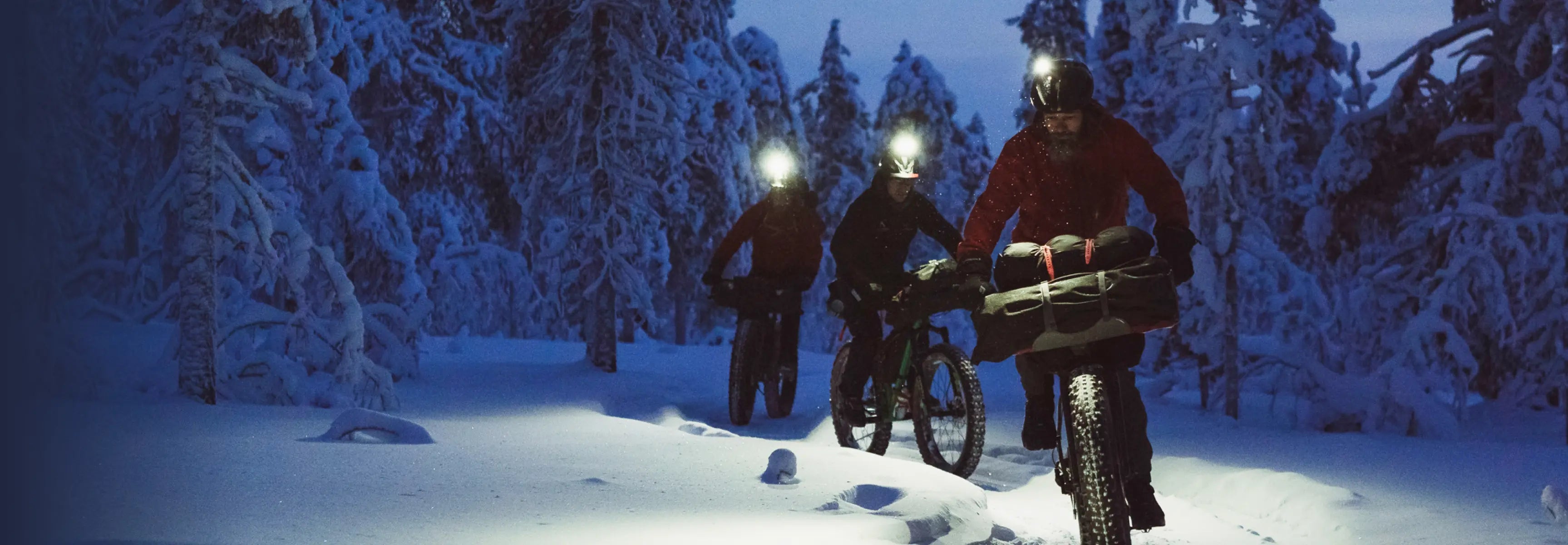
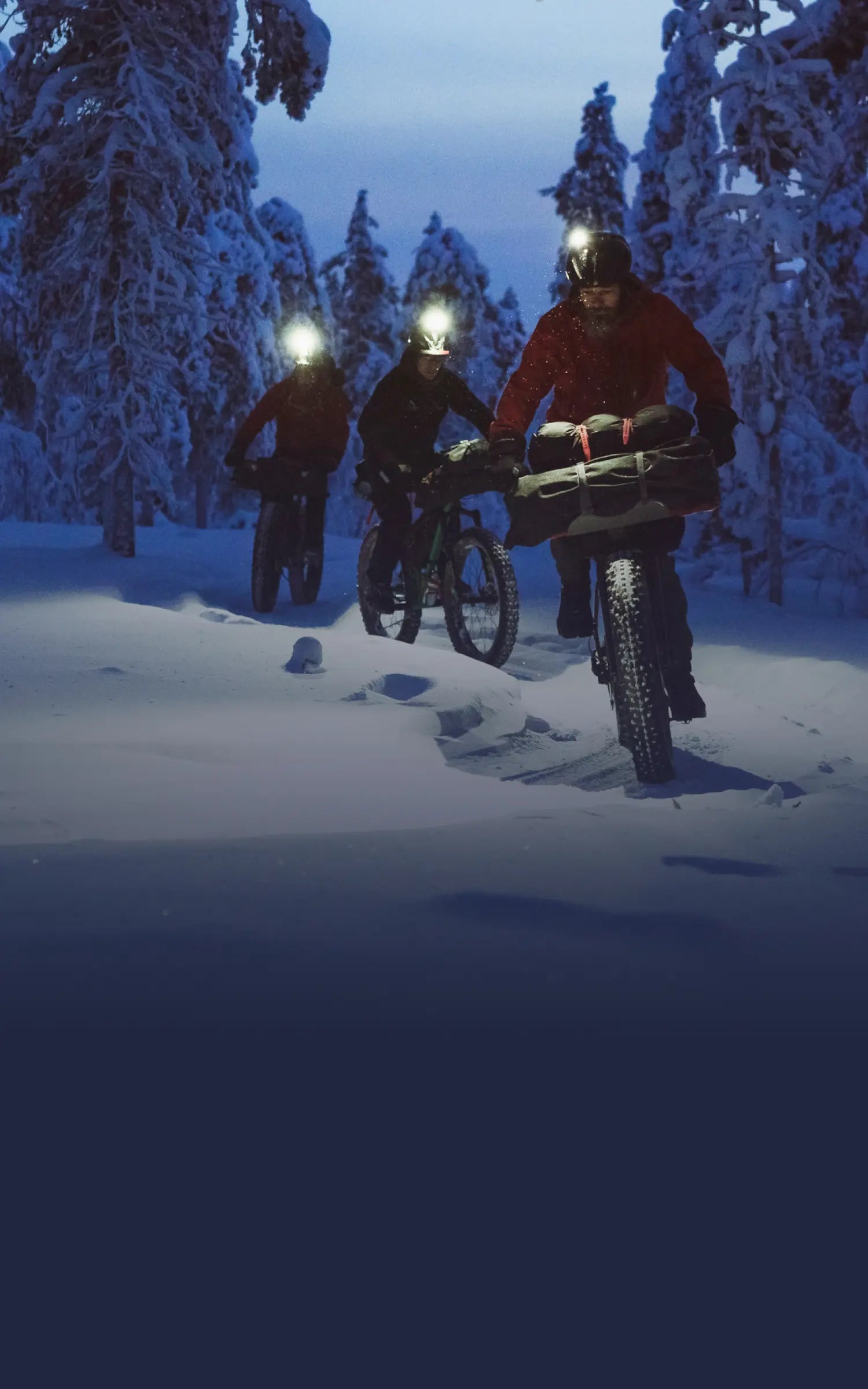
Suunto Blog
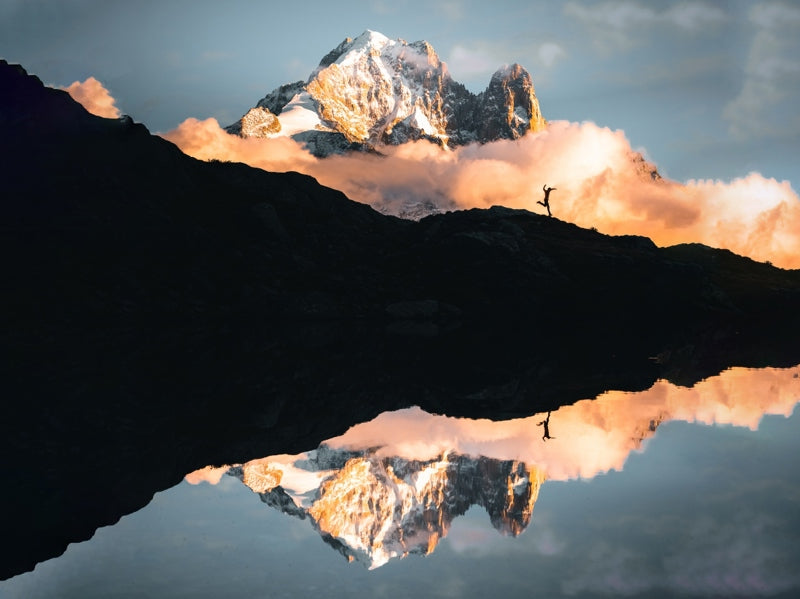
Get the perfect shots - how Suunto watches help photographers
All photographers have been there: you’re heading up into the mountains to capture that long sought after moody landscape, but arrive just as the light gets that touch too low or too bright. It can be so frustrating, right? Pro adventure photographer Maximilian Gierl knows the feeling well. He says that’s why it’s so exhilarating to finally capture the perfect shot. It takes patience, time, often disappointment, which makes it that much sweeter when he nails it. Take for example the shot below of him jumping on a trail in Chamonix with Mont Blanc in the background. He had it in mind for years, but the conditions never played ball when he visited. And then finally he got the sweet taste of success.“This is a shot when everything just aligned,” Maximilian says. “I love being in Chamonix in autumn - the clouds, lakes and forest are so special. When we got to Chamonix, I saw I could finally get this mood I had been searching for for years. I ran up 1400 m as quickly as I could to get it.”
Climbing 4000ers and mastering timing
From Germany and living in Switzerland, Maximilian has recently finished an alpinism challenge he began in 2015: climbing all 48 of the alpine nation’s 4000 m mountains while documenting the adventure. “It’s pretty good for someone who didn’t grow up with mountaineering,” he says. “I started mountaineering in 2015 and climbed most of them in the last two years.”For Maximilian, the best outdoor shots are moody with a mix of cloud and light. “I love to shoot landscape scenes you can’t shoot one day later again,” he says. “It’s a challenge and hard to plan. If it happens and you nail the shot, it’s super crazy.”With timing being everything, Maximilian uses his Suunto 9 Peak to manage his photography adventures.His watch helps him get to his shot locations on time for the best light conditions. Here are four ways his Suunto helps him nail epic shots.
Navigate in the dark
The last of Switzerland’s 4000 m giants Maximilian climbed was Lenzspitze (4294 m), which is famous for its imposing north flank - a 50-55-degree ice wall. Maximilian and his climbing partner followed a route on their Suunto watches to climb the face and reached the summit before sunrise.
“When going to shoot in new places, I plan the route in Komoot and transfer it to my Suunto,” Maximilian says.” This is especially helpful when I’m ascending in the morning when it’s still dark out. Then I use the navigation and it’s super helpful and easy and means I get there on time.”
Read more:
How to find routes that rock
How to create your own routes
Set sunrise and sunset alarms
Maximilian uses his watch to make sure he’s on location for the golden hour (the last hour before sunset and the first hour after sunrise) and the blue hour (one hour before sunrise and one hour after sunset), when the light is best for photography. His watch also shows him how long the blue hour, his favorite time for photography, will last.
Maximilian sets sunrise and sunset alarms to help with time management so he’s in the right location at just the right time. “Knowing the time of sunrise at my location helps me to get as much sleep as possible while still being on time at the planned spot,” he says. “I time the alarm 10-15 minutes before I need to go.”
The sunrise/sunset alarms in Suunto 9 watches are adaptive alarms based on your location. Instead of setting a fixed time, you can set the alarm for how much in advance you want to be alerted before the actual sunrise or sunset.
Read more: how to set sunrise and sunset alarms.
Get key info at a glance with Suunto’s Outdoor watch face
The Outdoor watch face for the Suunto 9 Peak, Baro, 9, 5 and 3 watches allows users to track conditions and daylight hours with just a quick glance. No need to press buttons or scroll – the essential info is presented on the main screen. Maximilian uses it to help him stay on time and to determine when is the best moment for a shoot.
“Just a quick look on my watch tells me all the important information like the current altitude, moon phase and time until sunrise or sunset”
The watch face features a sun gauge that displays the number of night and daylight hours before sunrise and sunset. Tap the screen once, and the watch face displays the number of hours until sunset or sunrise, plus the battery life remaining, or the moon phase, which is helpful because on a full moon night you know you’ll have extra light to stay out a little longer.
Read more about the Outdoor watch face here.
Following the moon phases
Maximilian uses the Outdoor watch face to track the moon phases on his watch so he knows when is a good night and time to shoot the night sky. “It tells me when the night sky will be at its darkest,” he says. “I can then plan when to shoot the Milky Way.”
Read more about tracking moon phases here.
All images: © Maximilian Gierl Photography
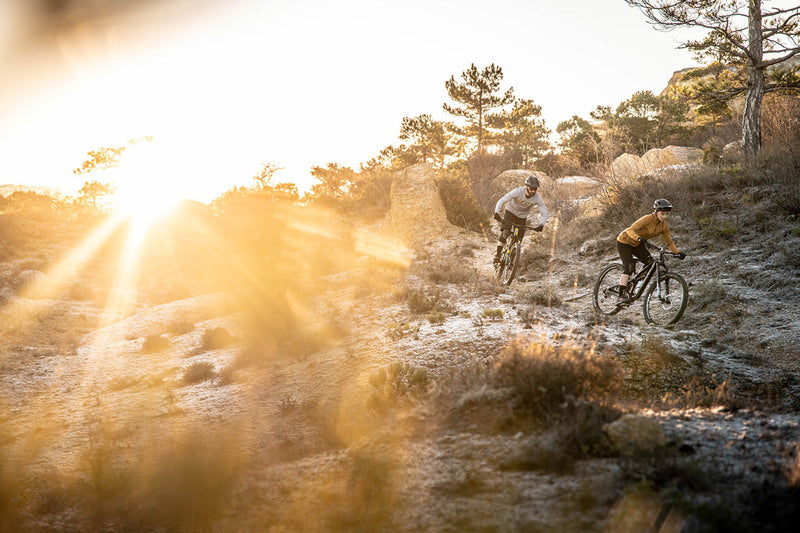
How to sync Strava routes with Suunto GPS watches
If it’s not in Strava, it didn’t happen! And if it did happen, you can (try to) do it, too: Simply save the route and sync it to your Suunto for navigation.
In addition to sharing your activities with the community and chasing segment crowns, Strava is also a huge source of routes. You can, for example, create your own routes, use route suggestions, and save your friends’ routes for navigation.
To get started with using Strava routes together with your Suunto watch, connect the two accounts in Suunto app (Go to Profile -> Partner services -> Strava).
If you have already connected your Suunto account with Strava, you will need to reconnect the two to enable the route sync: Simply disconnect and reconnect to get the new feature in use. Reconnecting will allow the route content to flow to your Suunto app.
Once the two accounts are connected the routes marked with a star in “My Routes” in Strava will be synced to your Suunto app and Suunto watch. Strava routes work as any other route in a Suunto.
“Unstarring” a route in Strava will also remove it from Suunto app
NOTE: Syncing routes from Strava to Suunto app requires a Strava Premium subscription. You can get a 60-day trial as part of the Suunto Value Pack or by starting your free trial here.
Learn more about routes on Strava
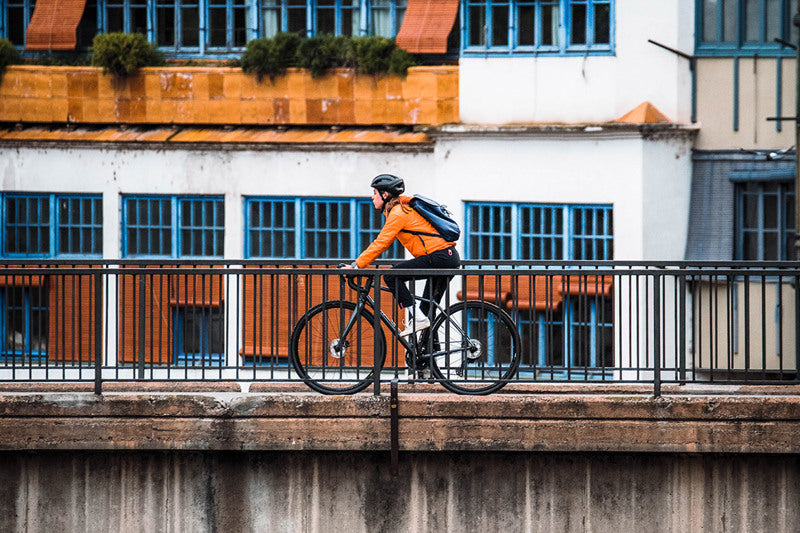
Track your human-powered commutes with Suunto
Living a more sustainable life starts with small, everyday choices. And, when done often enough and by enough people, these small changes will add up and start to have an impact.
To support you in this, we have added the ability to track your human-powered commutes with Suunto app: In addition to seeing how much you have exercised on your way to work, you will also see the climate impact of your commuting choices: Suunto app compares your commuting activities with driving the same distance and gives an estimate on the CO2e emissions you have saved.
To start tracking, you don’t need to do more than ride, run or walk from point A to point B and save your activity. On the first occasion a commuting activity has been tracked, you will be asked if you would like to activate the automatic tagging with the “commute” tag. Suunto app can automatically tag one-way trips that start and end at least 500 meters (0.3 miles) apart as commutes.
The reduced CO2e emissions for a single activity will be shown in the workout summary and the new commuting widget on the app’s home page will show your monthly total for CO2e saved.
You can easily encourage your friends to follow your example: add a photo to your commuting activity and share it with the CO2e value as a data overlay.
Happy commuting and CO2e saving!
Calculating Saved CO2e emissions
CO2e demonstrates the global warming potential (GWP) of all six greenhouse gases in one number. We calculate your emission reduction by comparing cycling, walking or running to driving your car.
About the calculation
CO2e (Carbon Dioxide Equivalent) emissions of travel by car (average of a petrol/diesel powered car). Emission factor: 0,170652 kg CO2e/km. CO2e demonstrates the global warming potential (GWP) of all six greenhouse gases: CO2, CH4, N2O, HFCs, PFCs, SF6, NF3 in one number. Data source: Govt of UK, Dept. of Business, Energy & Industrial Strategy, 2022.
Read more:
Committed to be better – Suunto’s approach to sustainability
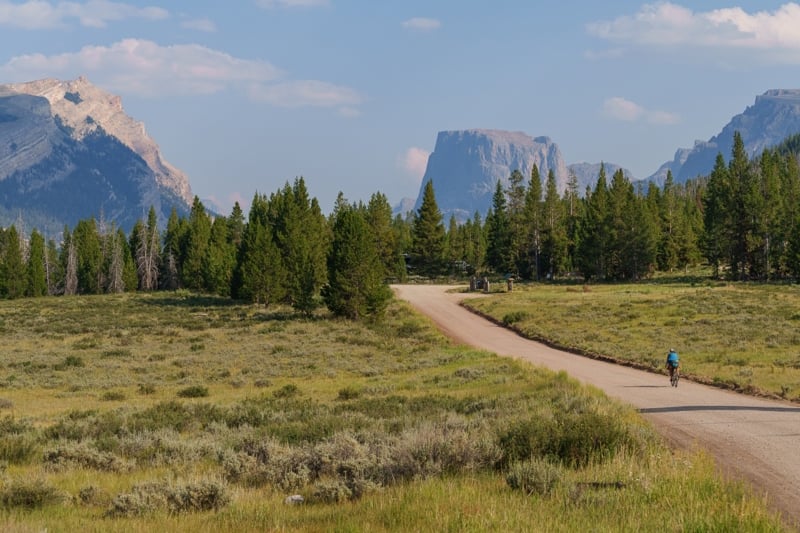
Read this and understand how to have mental toughness
It’s almost become a cliché: our biggest obstacle is usually ourselves. It’s not “out there”, but usually “in here”. Recognizing this marks an important transition in life. It’s often when we really start to fly as individuals.
In endurance sports our inner obstacles get magnified and compressed into a short period of time. Especially at the elite level, our head space has a massive impact on our game.
Suunto ambassador Anton Krupicka has had a long career as an elite endurance athlete. Through the years he’s had ample opportunity to explore what it takes to build mental toughness. It’s a slippery thing, he says. Something we must take hold of again and again.
Read on for Anton’s eloquent take on the secrets of mental toughness.
Waiting for the start at Unbound XL 2022. Photo by Sami Sauri
By Anton Krupicka
Unbound XL 2021
In 2021, when I first rode the Unbound XL–an approximately 350-mile (563 km) gravel race in the Flint Hills of Kansas–I came away from the weekend a bit, I don’t know, unimpressed, I guess. Underwhelmed, nonplussed. I hadn’t found the experience of riding my bike over the course of 28hr as emotionally affecting or significant as I had expected or hoped. Pedaling back into Emporia at the finish contained none of the end-of-race euphoria, relief, or satisfaction that I’ve come to associate with such ultra-endurance pursuits.
After letting the effort marinate for a few days, however, I realized the flatness of my experience was on me. For the first 250 miles (402 km) or so I had done a relatively good job of staying focused and engaged, riding to the best of my abilities. In the last 100 miles (161 km), though, I had let heat and drowsiness (the race starts at 3pm; riding through the night is mandatory) dominate my mindset; I basically soft pedaled the last 100 miles. At the finish, I already knew I had let myself down, and as a result, the whole event left me feeling unfulfilled. This didn’t sit well, and after some reflection, I was determined to return in 2022 with a more resolute attitude and give the event the opportunity to have an impact on me. There’s a certain kernel of truth to the cliche “nothing risked, nothing gained”. I hadn’t taken any chances, and I was, appropriately, not rewarded.
When the tough get going ... Photo by Sami Sauri
Motivation & Racing
Recently, I was asked by a friend, after such a long career in endurance racing—primarily as a mountain ultrarunner—why do I still line up for races like the Unbound XL? It’s a good question, and I’ve asked myself that often. Over the last 15 years, my motivations for racing have shifted significantly. Ten years ago, I think I was still firmly operating from a place of seeking external validation. I was racing for my ego, to beat people, to garner respect from the community and my peers as a top athlete.
After years of injury, and a certain amount of maturation, however, my perspective has changed. I’ve realized that races are rare opportunities for us to try our best. To try to be at our best. Now, my motivation is not external—I would say my physical prime has passed, and, in general, I’m simply more comfortable with who I am and my place in the world.Today, my motivation to race is more internal. I want to embrace the opportunity of working with other competitors to confront a significant challenge and be pushed and pulled to give it my best effort. To be proud of the way in which I conduct myself in the face of absurd difficulties. To fully experience life at an elevated level. The intensity of racing ratchets up the richness of life. So many emotions are crammed into a race—by time you get to the end, you feel as if you’ve lived a year’s worth of experiences, not just a day. Those are experiences that I never want to take for granted or stop seeking.
But, the nature of these events is such, that, to get there, you must, by definition, endure. This requires mental toughness. Last year’s Unbound XL taught me that a race is only as momentous an experience as the amount of effort that you put into it. Trying my best—regardless of finishing rank—is the essential ingredient to having an experience that will push me to grow, leave me satisfied and form a lasting memory.
Things don't always go to plan. Photo by Sami Sauri
Sagebrush & Summits: A Tour of Enduring
About a month after the Unbound XL last year, I embarked on a three-week, 2300-mile (3700 km) bike tour that involved running and climbing six of the highest, most remote peaks in the Rocky Mountains. It was arduous. Every single day I was forced to confront some kind of weakness about myself, some inadequacy to deal with the challenge. For the first week or so, it was really tough.
By the end, however, I felt that I could detect a subtle, but important, shift in my mindset. When things got hard, it did not feel as mentally difficult to bear as it had at the beginning of the trip. I had realized an important lesson–when things got tough, they were only unbearable if I let my mind turn negative and project to somewhere in the future. If only this hill/headwind/washboard/rain/heat/dust (etc. etc. etc.) would end! If only I were already at the top of the climb, or the next gas station, or the next town! I realized that living with that future-focused mindset is untenable. If I let my mind fall into such a pattern, the task at hand would always feel interminable.
The alternative, of course, is to strive for contentment in the moment. Once I could accept my inadequacies in the moment and make peace with the fact that all I could do was try my best, the angst would fall away. The present moment would become bearable, even enjoyable.
That lesson was the great gift of that long tour.
One thing at a time. Stay in the moment. Photo by Sami Sauri
Unbound XL 2022
In preparing for the Unbound XL this spring, I set out on a planned three-day tour of 150 miles a day in late March. My first night out went horribly. It was colder than I’d anticipated; my sleeping bag was too light. Out of desperation, I ended up sleeping in a Port-a-Pottie, desperate for any extra warmth. The next morning I woke up feeling depraved and haggard after hardly having slept at all. In defeat, I tucked my tail, and, after several cups of coffee, pedaled my bike the shortest distance possible back to my home (it was still over 100mi, but not at all what I had intended).
I had taken the lesson of the 2021 Sagebrush & Summits tour for granted. I thought I was permanently more mentally tough. This overnighter taught me that cultivating mental toughness—which really means mental equanimity in the face of hardship–was necessarily an on-going process. One never arrives at a state of mental toughness; it is a trait that must be constantly born anew.
I am satisfied to say that my experience at the Unbound XL a couple weeks ago was much different than last year. There were plenty of challenges. After only 70 miles I crashed hard, gashing my left knee, hip, elbow and hand. Despite all the raw wounds and torn up hand I was able to figure out a way to keep holding onto the handlebars for the next 280 miles. I fixed flats and didn’t give up when I no longer had anyone to ride with through the night. When the skies opened up with torrential rain in the last 50 miles, I just tried to smile and think about what a good story all the mud and water would make when we got to the finish line. I’m already looking forward to next year, but I know that having a satisfying race again won’t just happen. I’ll have to stay engaged and keep tending a mindset of contentment and equanimity. The trap of pining away for something different in the future is ever-present, but I’m now confident that with vigilance I can avoid it and have the adventure I’m looking for.
Lead image by: © Fred Marmsater
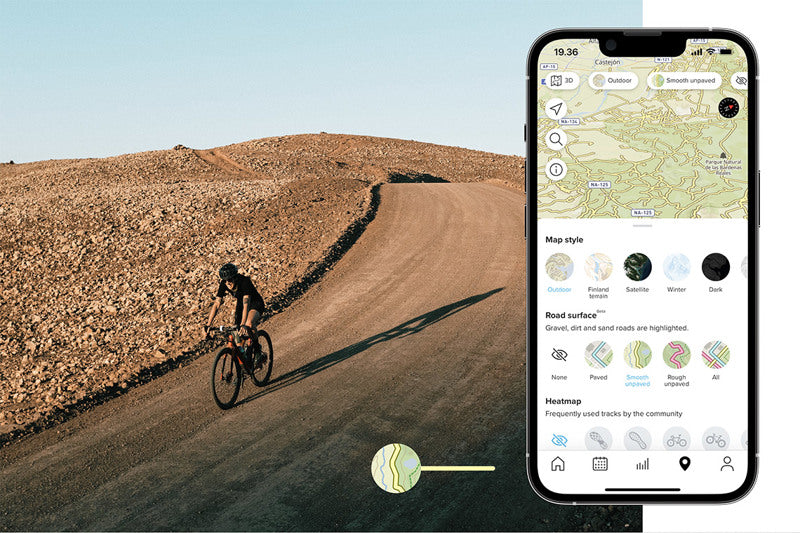
Find the right road surface for your adventure with Suunto app
Are you exploring new regions this summer or just want to find new adventures close to home but are unsure if a trail or path is suitable for your ride or run? To help you in planning, Suunto app’s map has been upgraded with a road surface map layer.
To view the road surface info, go to the map view on your Suunto app, tap the road surface button and select between paved, smooth unpaved and rough unpaved surfaces – or all at once. You can change the selection while you plan your route.
The streets, paths and trails are colour-coded based on the surface, allowing for a quick distinction between the three types of roads:
Paved roads, light blue, include roads with asphalt and concrete, they are especially good for road cycling and roller skiing.
Smooth unpaved roads, yellow, will show roads with gravel and dirt that are suitable for gravel cycling.
Rough unpaved roads, red, can include surfaces such as soil, grass, mud, or rock. These roads are good for trail running and mountain biking.
The road surface data comes from OpenStreetMap, which is an open source website. The information is based on community contribution and varies from one region to another.
Once you are back from your adventure you too can assist in improving the map data by creating an account and then editing and adding information on the OpenStreetMap.
You can learn more about OpenStreerMap’s surface types here.
Lead image: @thecyclingculture / The Traka
READ MORE:
Using Suunto app on big screen devices like iPads and Android tablets
Living peak adventure: find routes that rock
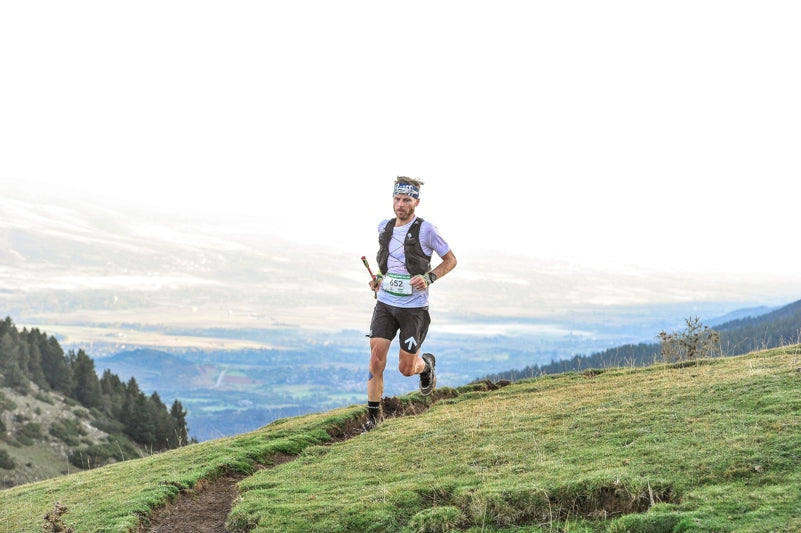
The athlete-entrepreneur who knows the value of hard work
Talk to Christian Meier for a few minutes and it’s clear the former pro road cyclist who competed in all three European Grand Tours during his career is spilling over with ideas and passion to make good things happen.
Exuding entrepreneurial self-belief and drive, Christian lives in Girona, Spain where he juggles multiple businesses while finding time to ride bikes and train for trail running ultra marathons. He’s currently training for the 101 km Courmayeur-Champex-Chamonix (CCC), one of the flagship races at Ultra-Trail du Mont-Blanc (UTMB).
“Ultra races are like grand adventures where you go through the whole range of emotions while spending the day and sometimes night in nature while pushing yourself to your physical limits,” Christian says. “These types of adventures need equipment that can keep up; tough, accurate and with a battery life that makes the journey - it’s the Suunto 9 Baro for me!”
Christian competing at Salomon Ultra Pirineu.
Building businesses for good
While he’s not preparing for that, riding bikes, overseeing his and his wife’s Espresso Mafia roastery and cafe and specialist cycling cafe La Fabrica, he’s building Chance Running, a revolutionary running apparel brand that prioritizes doing good for the planet. With every purchase, Chance Running plants two trees with its partner Tree Nation and offsets 200 kg of carbon and removes one kilogram of ocean bound plastic.
“Chance is an opportunity to rethink the mission of a company - making it mission driven rather than profit driven,” Christian says. “It has allowed us to try and help the planet we are out enjoying everyday, through the avenue we know best, sport. Being carbon neutral is no longer enough and we want to push the boundaries of what’s possible with a planet first approach.”
Where it began
Christian grew up in a hard-working German-Canadian family in a small rural community in New Brunswick in Canada. The “farm-to-table” family worked a farm and ran a butcher shop and restaurant. His mother worked the farm while his father, a machinist, was a capable craftsman who built the family home.
“We lived from the land and I was exposed to an incredible set of skills and work ethic while the whole time being immersed in nature,” Christian says. “Though at the time it was tough being a kid and my summers weren’t at camp like the other kids, but spent on my grandparents farm working. It shaped me into who I am today.”
Christian competing at the Atlas Mountain Race in Morocco, 2019. © Lian van Leeuwen/Atlas Mountain Race
Falling in love with bikes
That upbringing prepared him for the grind of a competitive cycling career. One day as a kid he picked up a mountain biking magazine and that was it - he got a bike and was 100% committed. Cross-country, downhill, road to track - he lived and breathed bikes. So much so he decided he wanted to make riding his job. Pro road cycling was where the money was so he went to Belgium to test the waters. There, by chance, he met a couple of roadies while out cycling and they invited him to train with their team.
“I got my ass kicked to be honest,” he says. “But rather than quit I went home and trained even harder.”
Hard work pays off
It paid off because Christian eventually raced professionally for the Symmetrics, Garmin-Chipotle, United Healthcare and Orica-GreenEdge teams from 2005 to 2016. He won Canada’s National Road Championships in 2008 and had many more domestic race victories. He also placed 15th on day 11 at the 2012 Giro d'Italia.
Now based in the cycling haven Girona, he’s still crazy about bikes; from road, to gravel to bike packing trips and is a prominent member of the local cycling culture.
“Suunto connected to me on a personal level because they take sustainability seriously,” Christian says. “Manufactured in Finland, using renewable energy, refurbishing returned watches. Besides the performance features these are factors that are quite important to me and I am proud to form a part of their community.”
Lead image: © Ultra Pirineu



























































